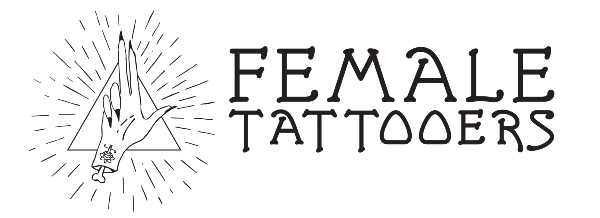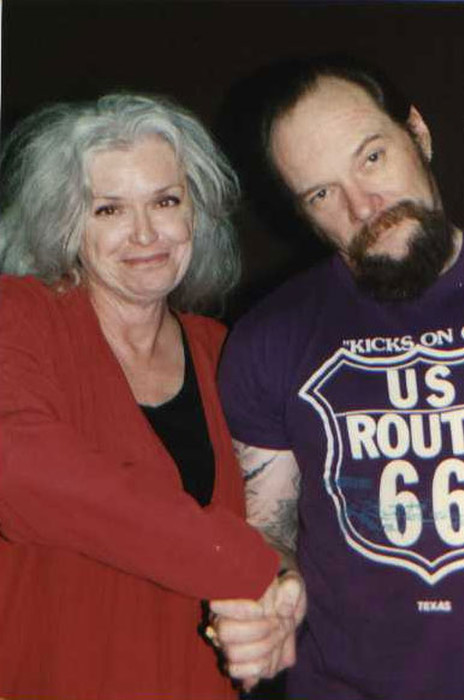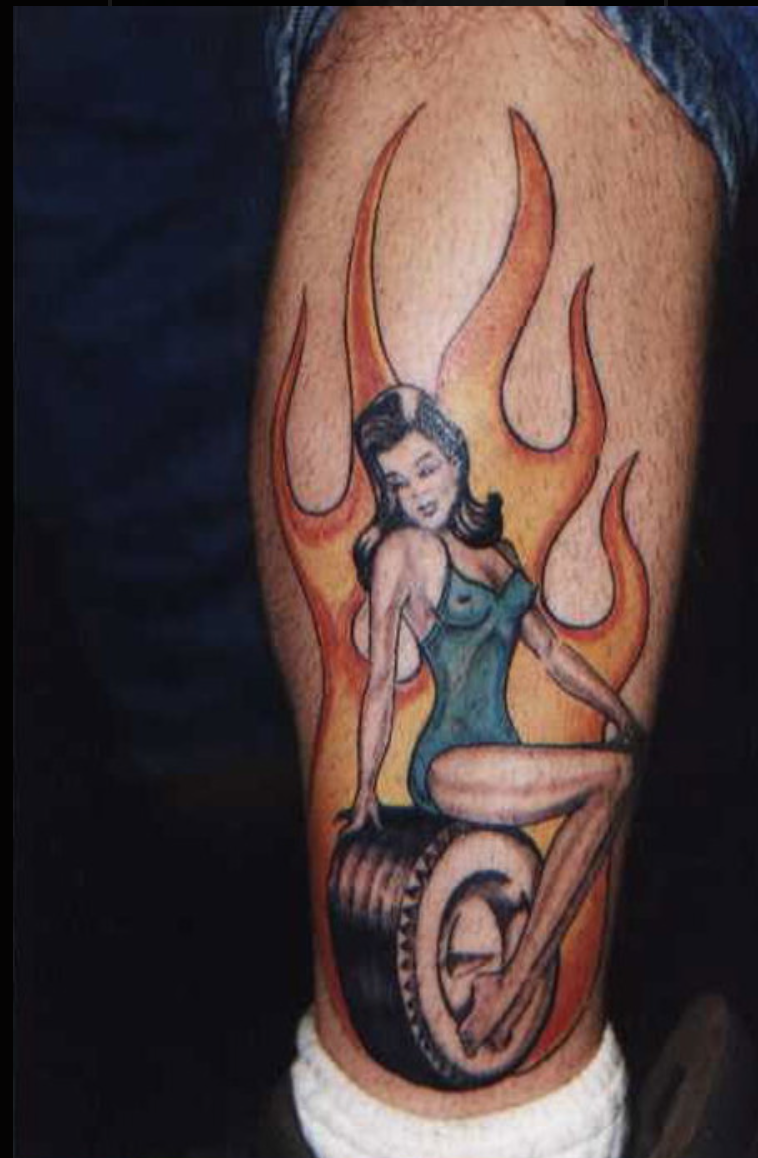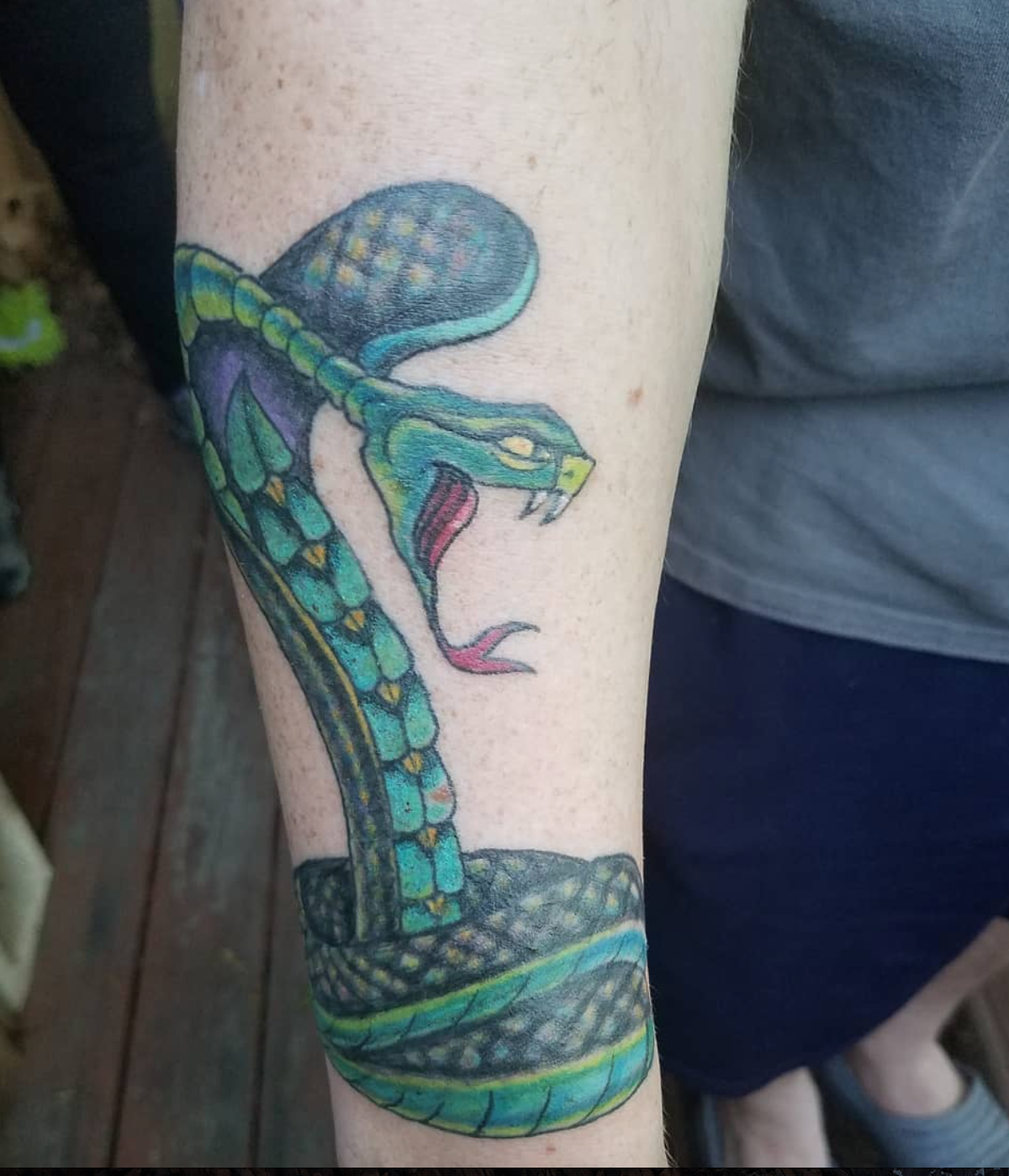Shanghai Kate’s Wild Ride: On Tattoo History and Leaving a Legacy
When you’ve been tattooing as long as Kate “Shanghai” Hellenbrand, you see some shit.
The septuagenarian—who got her start in the industry in 1971 and worked with tattoo icons including Normal “Sailor Jerry” Collins, Jack Rudy, and Ed Hardy—is credited with being one of the first female tattoo artists in the country. She is affectionately and reverently referred to as “America’s Tattoo Godmother.”
But don’t let the mild-mannered nickname and her white hair fool you. Hellenbrand remains an opinionated badass who isn’t afraid to speak her mind—and she’s been a vocal advocate for women in the tattoo industry from day one.
Tattooing in the 1970s: A Whole Different World
Before she started tattooing, Hellenbrand worked at a posh advertising agency on Fifth Avenue in New York. But, with an art-school background, she became fascinated by tattooing and started to interview East-Coast tattoo artists and document their lifestyles with her friend (and later, romantic partner) Michael “Rollo Banks” Malone.
After working with Malone on a curated tattoo exhibition at the Museum of American Folk Art in 1971, both Malone and Hellebrand began tattooing out of a New York City apartment located in the West Village. Tattooing was illegal in the city at that time.
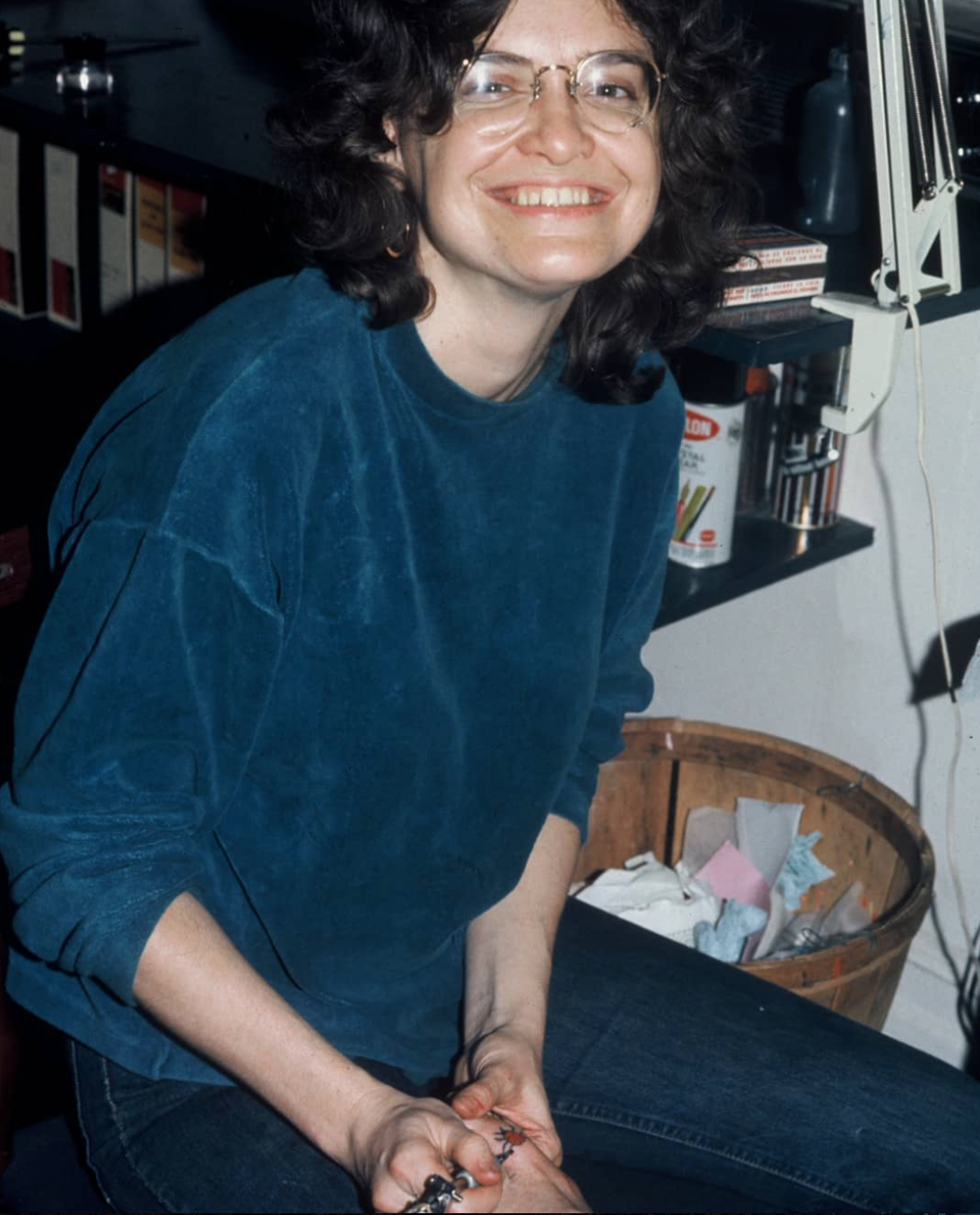
“Michael would go out on the street with business cards, and if he could see a visible tattoo on someone, he would give them our card,” says Hellenbrand. “When I came home from work from the advertising agency where I had a real job, I had no idea who would be in my ‘tattoo studio’ wanting to get a tattoo.”
Hellenbrand says that everything about tattooing was different in the 1970s. Equipment and supplies were difficult to acquire, the color selection was limited, and artists had to make their own machines.
“We had to go to bicycle shops and get bicycle wheel spokes to cut the wire and bend it to be our needle bars,” she says. “Then we had to solder our needles—which we ordered from England or Germany—into the configurations we needed. If we wanted any kind of medical supplies, we had to pretend to be nursing students or somehow affiliated with a medical field.”
But even with the challenges and low-tech tools, Hellenbrand worked hard to learn the trade. “I was lucky because I was underground, and nobody could see me,” she says. “I had no attention, so I was left alone. I could practice my craft and learn what I needed to know to get started. I was grateful for that anonymity.”
Breaking into the Boys’ Club
At the beginning of her tattoo career, Hellebrand was on her own as a female artist. “There were no other women tattooing in the country that I knew of,” she says. “They simply didn’t exist.”
Hellenbrand tattooed her first piece of body art when one of Malone’s clients, who was familiar with Hellenbrand’s artistic background, asked for a tattoo from her. “I said I didn’t want to be a Yoko Ono. I didn’t want to bust up the boys’ club,” she says. “But he was insistent, and so I set up an appointment to tattoo him.”
After building her tattoo career in New York, Hellenbrand was invited to be a part of the first international tattoo convention in Hawaii, hosted by Sailor Jerry Collins. Following the convention, Hellenbrand stayed to work with and learn from Collins.
On her website, Hellenbrand explains that she was responsible for cleaning the shop, setting up Collins’ station, and checking his needles. Despite Collins’ general lack of appreciation for and support of women in the tattoo industry, Hellenbrand developed a friendship with him, and the two kept in touch through letters until his death in 1973.
Malone and Hellenbrand also worked in San Diego with Ed Hardy and Zeke Owen. She says that Hardy was “a great champion” of hers throughout her career, but that Owen initially gave her a hard time as a female artist.
“Zeke continually told me that I was bad luck to have in a tattoo shop, that I wasn’t strong enough to tattoo, and all other sorts of nonsense that men throw at women when they want to keep them out,” says Hellenbrand. “I really had to earn my stripes in the seventies. I had a lot of roadblocks and obstacles in the beginning.”
![Shanghai Kate and Zeke Owen]()
With Zeke Owen 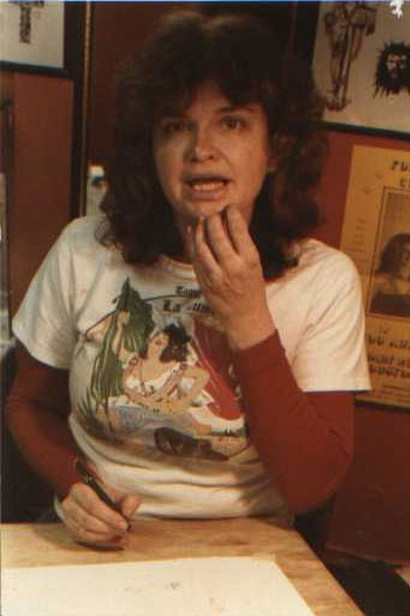
Early in her career ![Shanghai Kate with Jack Rudy]()
With Jack Rudy
Owen, who eventually became a good friend of Hellenbrand, wasn’t the only one to give her a hard time. She recounts an instance when Jack Rudy (who she also considers a close friend) told her that if she wanted to be one of the boys, she would have to pee standing up.
“I did kind of learn how to do that—and it’s handy on a camping trip,” says Hellenbrand. “But those are the kinds of things that women like me had to go through in order to stay in the room with the boys.”
Hellenbrand has witnessed firsthand the massive change in the tattoo industry, with women artists finally earning the respect and the money they deserve. “Tattooing is one of the most equitable fields,” she says. “I don’t have to dress up in any special power suits, I don’t have to wear pantyhose, I can eat what I want when I want it. I’m making exactly the same amount of money as the man sitting next to me.”
But despite all the progress, Hellenbrand says that there’s still work to be done when it comes to changing perceptions of women in tattooing.
“Clients are still not used to seeing females in the tattoo shop or a tattoo booth in a convention,” she says. “Very often while I’m sitting there without a client, people will come up and ask when the tattoo artist is going to come so they can talk to him about getting a tattoo. And I just smile sweetly and say ‘Oh, my grandson will be back in 30 minutes.’”
Preserving Tattoo History
Hellenbrand knows that the old guard is phasing out and
She does her part to build up young tattoo artists and share the knowledge she’s gained over the years—but Hellenbrand doesn’t have patience for people who don’t respect the craft.
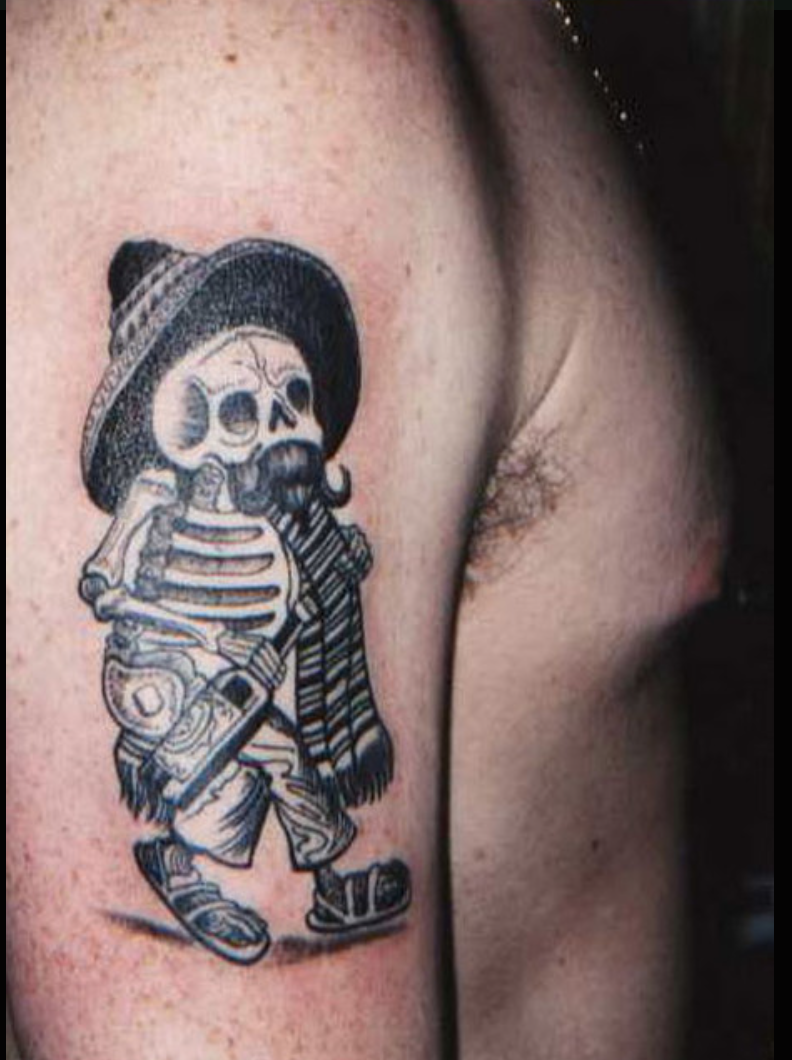
![Pinup tattoo by Shanghai Kate]()
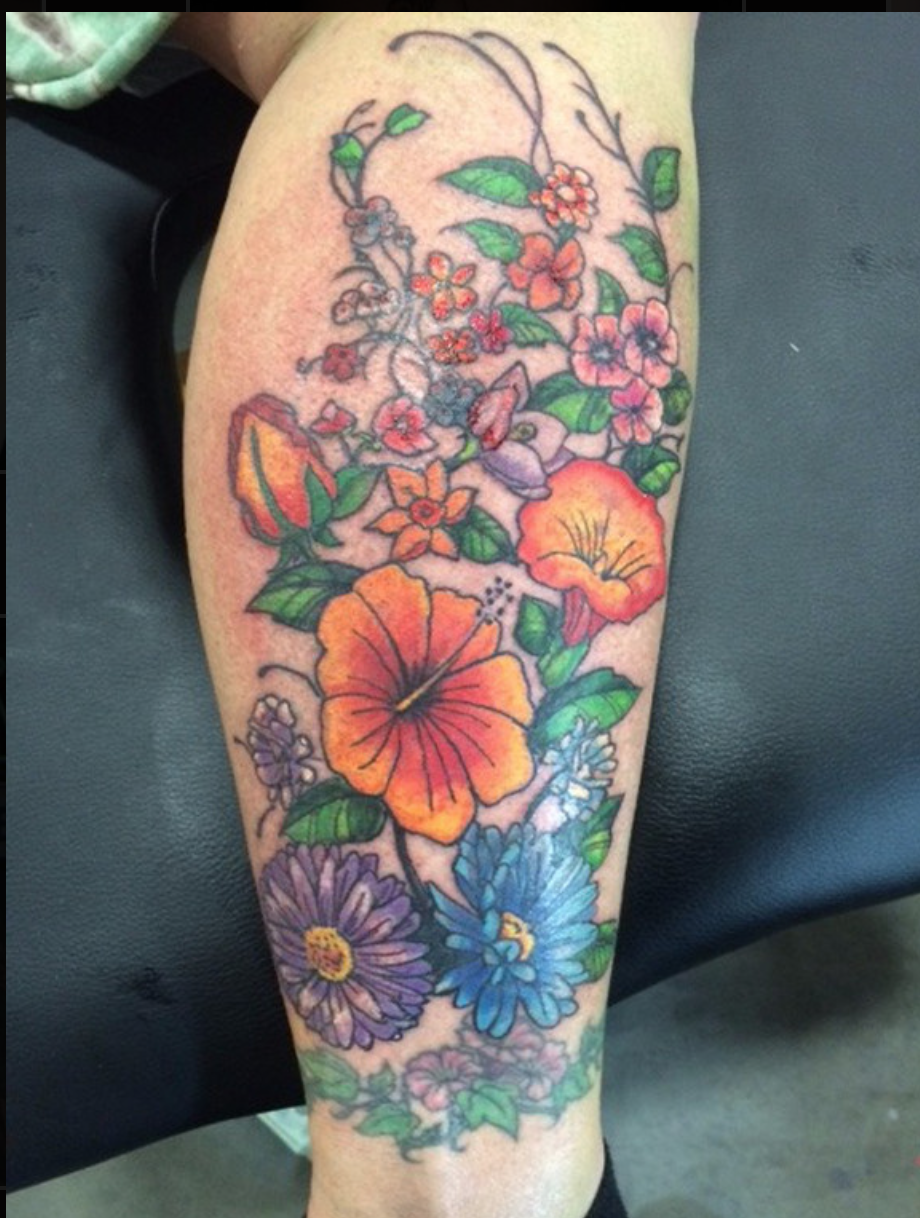
![Snake tattoo by Shanghai Kate]()
Tattoos by Shanghai Kate
“I believe that tattooing is suffering from the lack of formal knowledge,” she says. “It’s easier and easier for people to just begin tattooing without knowing any of the rules of the body, any of the rules of the placement, any of the rules of the WORK.”
And don’t get Hellenbrand started on tattoo reality
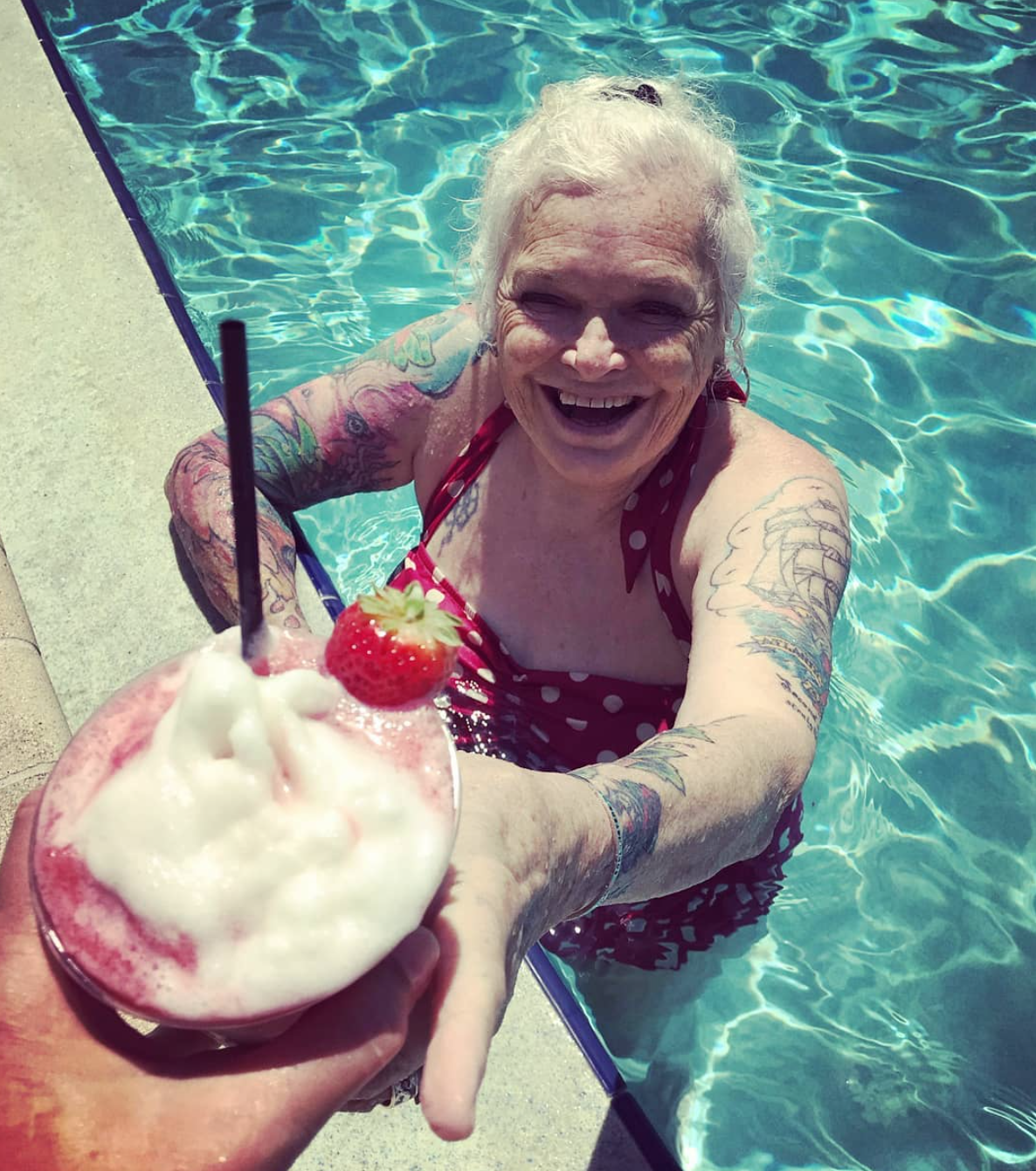
Instead of spending her golden years being sedentary, Hellenbrand travels frequently and lives her life to the fullest. When she’s not running the show at her shop in Austin, Texas, she still pops up at tattoo conventions (where she teaches Jeff Goldbloom to tattoo), she married the man of her dreams (her words, not mine), and she lectures about the evolution of tattooing at universities and museums all over the world.
She remains zealous about telling stories and passing on knowledge to current and future generations. “I have been given so much information from the people that I’ve hung out with for the past five decades,” says Hellenbrand. “Tattooing is an oral history. If we don’t share what stories we’ve been told, they’ll die.”
So, if you see or meet Hellenbrand at a convention or in Austin, stop and say hello. Shake her hand. Take a photo. Then, just listen. Whether you’re an up-and-coming artist or a tattoo collector, she’s bound to tell you some amazing tales—and she won’t sugarcoat them.
“The history of tattooing is not nice—it’s not easy. It’s hard and rough,” says Hellenbrand. “People give me a lot of accolades for hanging on to this work for 48 years now. But I only did it because I was having a good time.”
Images published courtesy of Shanghai Kate via Instagram and her website.
